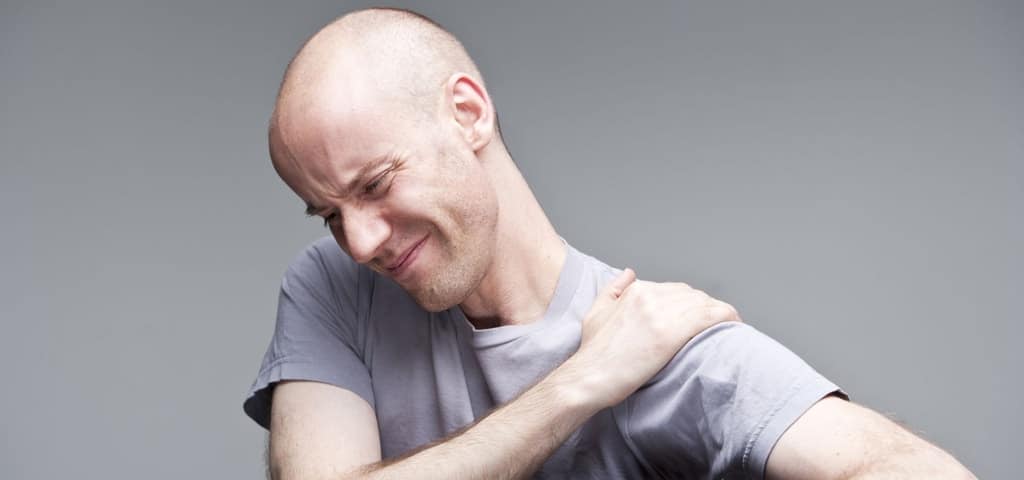Hirsutism can be defined as the presence of excessive coarse terminal hairs in a human body. Many women worldwide of reproductive age are hirsute with male like coarse excess hair growth. This excess growth of hair on face and body is often a cause of social stigma, giving rise to psychological problems like distress, anxiety, depression and a miserable life Hirsutism happens from increased androgen actions on hair follicles. Hair growth varies with race or species. There may be serious pathological reasons other than these like tumors, late-onset adrenal hyperplasia, Polycystic ovary, Cushing’s syndrome and such other conditions.
The causes of increased androgen level in Hirsutism include:
Familial and idiopathic hirsutism.Heredity is the most common cause of hirsutism and seems to run in families. Some families that are genetically predisposed will have more than “average” amounts of hair, while others tend to have less. The patients have normal menses, normal testosterone level, 17alpha hydroxyprogesterone and DHEAS. Excess secretion by the ovaries (For example tumors, polycystic ovary syndrome (PCOS)) Polycystic ovary syndrome affects 6% women of the reproductive age bracket. Polycystic Ovary Syndrome is typified by formation of follicular cysts, which are detected by ultrasound. PCOS is a combination of polycystic ovaries and other typical symptoms like hirsutism, abnormal uterine bleeding, infertility, obesity, irregular menstrual cycles and acne. This is better diagnosed clinically rather than laboratory findings.
In case of thyroid problems also hair can grow abnormally. Several different medical factors may contribute to hirsutism such as hormonal imbalances. Hair follicles that are overly sensitive to the male hormones called androgens, or abnormally high levels of testosterone can contribute to excessive hair growth in women. Some medications can be associated with hirsutism such as postmenopausal hormone replacement therapy, which contains testosterone; or Danazol, a drug used to treat endometriosis, may also stimulate excessive hair growth. Other medical factors include endocrine abnormalities, ovarian lesions, adrenal disorders, and use of androgenic steroids. There are several treatments available for hair romoval.One has to treat the cause of the problem and then simultaneously go ahead with the cosmetic treatment. Once diagnosed with hirsutism, patients are placed on individualized treatment plans that may include oral contraceptives and Aldactone. Women, who have PCOS, and elevated insulin levels, may be placed on Glucophage (metformin).
There are several methods to get rid of hair:
Cream:
There are some creams available which help loss of hair temporarly.It will help till one uses the creams.The cream is applied for 4 hours twice daily may decrease hair growth after only 8 weeks of therapy.
Shaving or clipping with scissors:
is the fastest temporary hair removal method and will not promote hair growth.
Tweezing and waxing :
The worst techniques producing thicker, darker and denser follicles. Also the skin may develop acne, ingrown hairs, folliculitis and scarring.
Electrolysis :
For hair removal it involves insertion of sterile probes into the hair shaft followed by heat and/or chemical treatment. This necessitates frequent sessions and multiple treatments per follicle. Scarring, hypopigmentation, and skin puckering can result if not performed correctly.
Read More: Unwanted hair removal | Summer skin problems
Laser hair removal:
Laser hair removal is a permanent and effective method of hair removal.Some common queries about laser hair removal are:
1. How does hair get removed?
Ans: The laser beam is focused on the area where hair has to be removed. This light energy is absorbed by the root of the hair and this light energy is transferred to heat energy which cause the loss of hair.
2. How many times does one need to do the laser?
Ans: Hair growing in the body are in 3 phases of the hair cycle at any given point of time – Anagen phase (growing phase), Catagen (resting phase) and Telogen (Falling phase). This laser targets the hair which is in the anagen phase only. So one usually needs 5-7 sittings which is determined after examination of the patient.
3. Are there any side effects?
Ans: A good quality of equipment and a well trained Laser person can avoid any side effects.
4. How much is the treatment time?
Ans: It depends entirely on the size of the area covered. This can be anything between 2 minutes to few hours. The whole body can be treated within few hours.
5. After the treatment what precautions should one take?
Ans: One can continue with their routine work immediately after treatment. Usage of sunscreen for a minimum period of 3 weeks is a must.
6. What parts of the body can be treated with the laser?
Ans: Any part of the body can be treated with the Laser even areas like the face, hands, legs, back, breast, under arm, etc can be treated with the laser.





